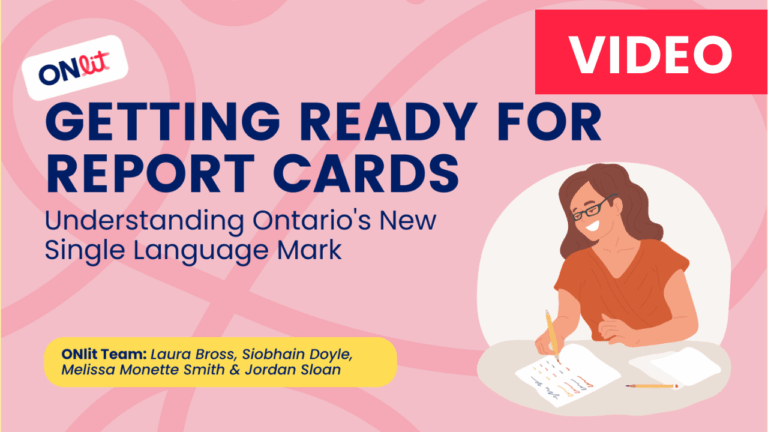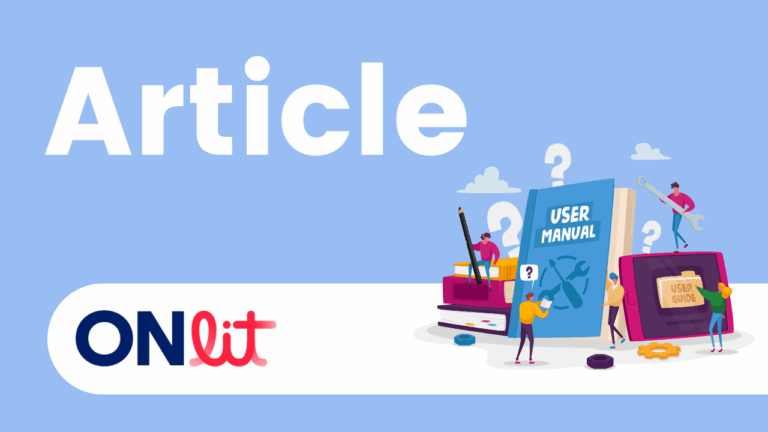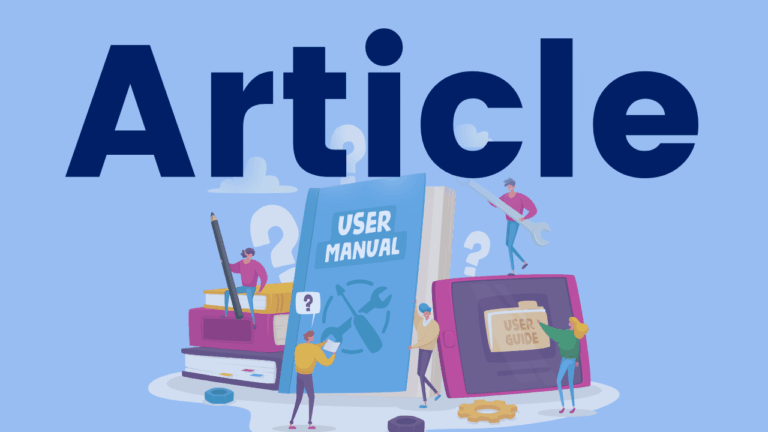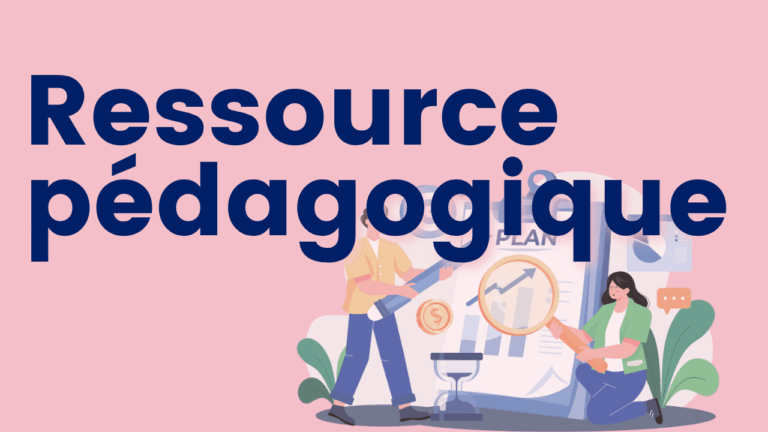How Learning Happens: Seminal Works in Educational Psychology and What They Mean in Practice
How Learning Happens is broken down into 28 short chapters, each one focusing on an important element of educational research. The format of each chapter with consistent sections (Why you should read this article, Abstract of the article, The article, Conclusions/implications of the work for educational practice, and How to use this work in your…







